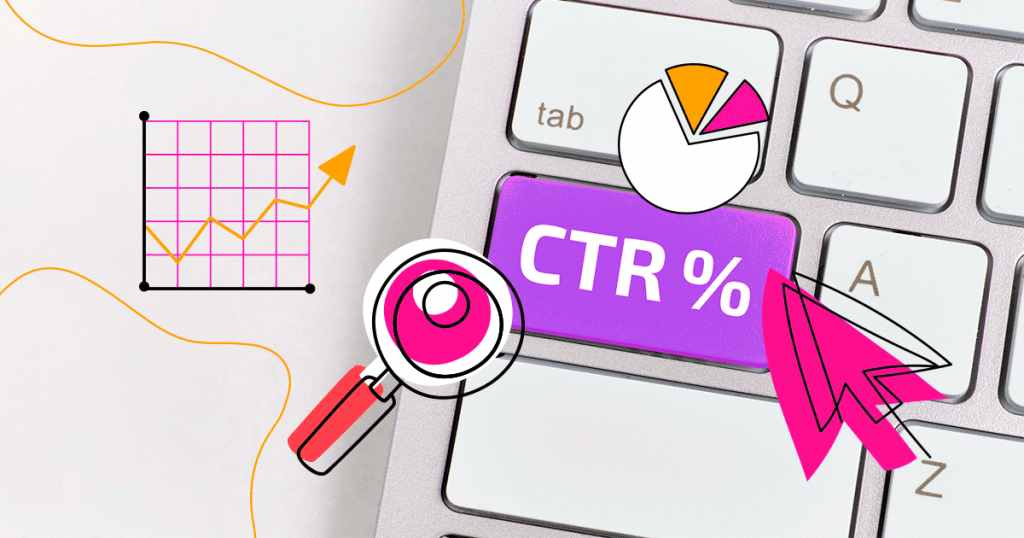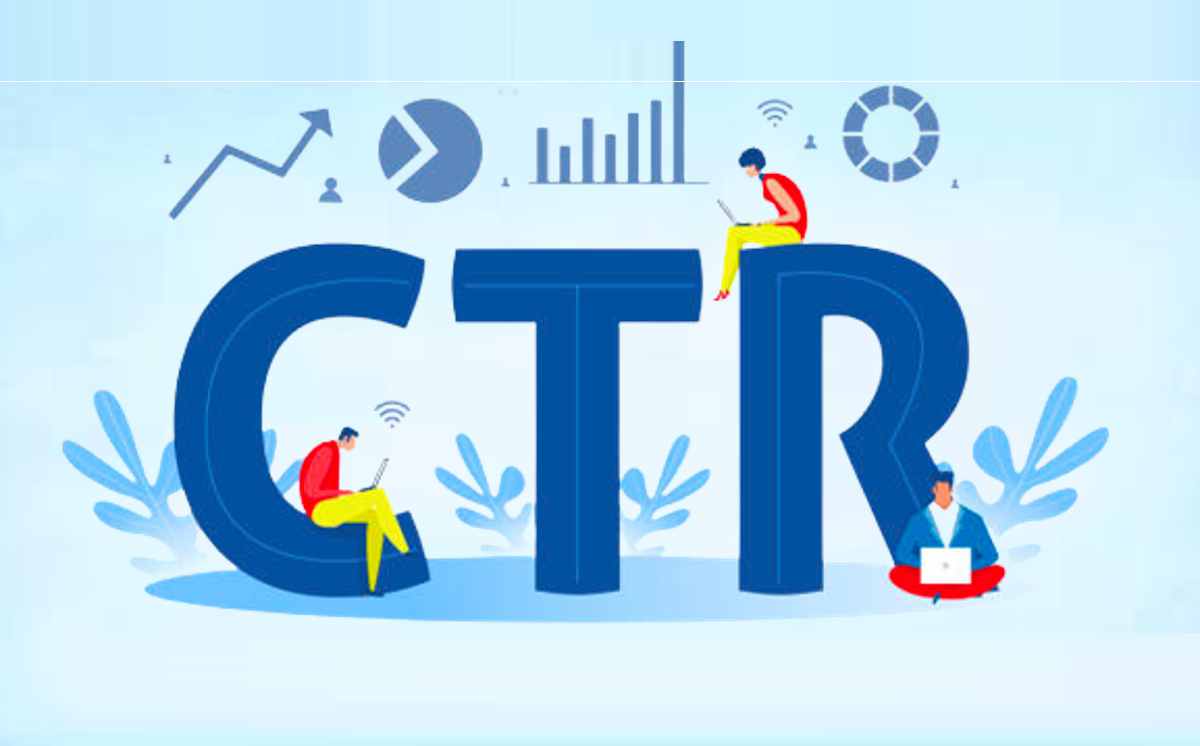Accelerate Your Search Engine Optimization Growth Via CTR Control
The value of click-through rate (CTR) in the realm of Search engine optimization can not be overemphasized, as it serves as an essential indicator of user involvement and content effectiveness. By comprehending and controling CTR through strategic enhancements-- such as maximizing title tags and crafting persuasive meta descriptions-- marketers can promote increased presence and organic growth.
Comprehending Click-Through Price
Click-through rate (CTR) is a vital metric in electronic marketing, standing for the percent of customers who click on a certain link contrasted to the total number of individuals that watch a web page, e-mail, or promotion. This metric offers as an essential indication of how properly material engages its audience. A higher CTR suggests that the web content reverberates with customers, luring them to do something about it, while a lower CTR may indicate a lack of significance or passion.
Comprehending CTR involves identifying its elements and the aspects that influence it (CTR Manipulation). Various aspects, such as engaging headings, appropriate keywords, and strategic call-to-action placements, play a significant role in boosting CTR. Additionally, the context in which the web link is provided-- whether in an online search engine result, an e-mail campaign, or social media-- can affect customer engagement degrees
Keeping an eye on CTR in time enables marketing professionals to analyze the performance of different methods and make informed choices to optimize their projects. By evaluating patterns and patterns in CTR data, businesses can improve their content techniques, target specific audience sectors, and eventually improve their electronic marketing efficiency. Thus, a thorough understanding of CTR is essential for driving successful advertising and marketing initiatives.
Importance of CTR in SEARCH ENGINE OPTIMIZATION
The value of click-through price (CTR) prolongs beyond user interaction; it is likewise an important element of search engine optimization (SEO) CTR functions as an indicator of how well an internet site's web content resonates with its target audience. A higher CTR recommends that the site is supplying relevant and engaging info, which can lead to improved natural positions.
Online search engine, particularly Google, carefully check CTR as component of their formulas. A page with a high CTR signals to internet search engine that the material is useful and credible, potentially increasing its placement in search outcomes. Alternatively, low CTRs might show that customers do not discover the content appealing, bring about reduced rankings.
Moreover, CTR can influence the overall customer experience, as it shows the efficiency of meta titles and summaries in bring in clicks - CTR Manipulation. This connection between customer habits and internet search engine performance underscores the importance of enhancing both content and discussion to boost CTR
Strategies for CTR Improvement
Improving click-through prices (CTR) needs a strategic approach that incorporates numerous strategies intended at improving visibility and appeal in search results. One reliable technique is maximizing title tags and meta summaries. Crafting engaging, keyword-rich titles and summaries can draw customers' focus, making them a lot more likely to click your web link.

In addition, take into consideration A/B testing different headlines and descriptions to recognize which variations resonate finest with your audience (CTR Manipulation). This data-driven strategy enables constant optimization based on individual choices
Integrating numbers, inquiries, or emotional triggers in your titles can also dramatically enhance CTR. As an example, titles that position intriguing inquiries commonly compel customers to click to discover answers.
Finally, making sure mobile-friendliness is vital, as a boosting number of individuals access the web through smart phones. A receptive layout boosts user experience, bring about greater interaction rates. By carrying out these techniques, you can effectively boost your CTR, inevitably adding to your total SEO success.
Studying Individual Actions
Recognizing individual habits is fundamental for maximizing click-through rates and improving general SEO efficiency. By examining just how users engage with search engine result, brand names can acquire important understandings into what drives engagement. Secret metrics such as time invested on web page, bounce prices, and navigating patterns illuminate customers' preferences and pain points, allowing for targeted renovations.
To efficiently examine individual behavior, it is necessary to use devices like heatmaps and session recordings. These tools reveal where individuals click most often and just how they navigate through content. Additionally, individual studies and comments devices can offer qualitative information that even more elucidates preferences and motivations.
Segmentation of individual demographics also plays a vital duty in recognizing habits. By classifying individuals based upon factors such as age, area, and interests, marketing experts can tailor content and headlines to fulfill specific audience needs. This targeted technique not only enhances customer contentment yet additionally boosts the chance of clicks.
Ultimately, a detailed analysis of individual habits furnishes marketing experts with the understanding essential to craft engaging titles and descriptions, read eventually driving higher click-through rates and strengthening SEO methods. Engaging customers from the onset prepares for sustained website traffic and boosted internet search engine exposure.
Measuring CTR Success
Gauging click-through price (CTR) success is important for evaluating the efficiency of SEO techniques. CTR functions as a crucial efficiency indicator, mirroring exactly how well your web content resonates with individuals and motivates them to engage with your site. To precisely examine CTR success, it is vital to track metrics over time, comparing changes before and after carrying out details search engine optimization techniques.
Begin by making use of analytics tools, such as Google Analytics or Look Console, to gather information on organic search efficiency. Emphasis on identifying the article CTR for private keywords, web pages, or campaigns to pinpoint areas for enhancement. A high CTR shows that your title tags and meta descriptions are engaging, while a reduced CTR might suggest the demand for improvement.
Furthermore, think about segmenting information by gadget type, area, and target market demographics to obtain much deeper understandings into individual habits. This granularity permits targeted changes that can enhance CTR. On a regular basis assessing and optimizing your technique based upon these understandings not just improves CTR but also adds to overall site presence and position. Ultimately, a thorough technique to determining CTR success empowers online marketers to make data-driven decisions that cultivate continual SEO growth.
Verdict
